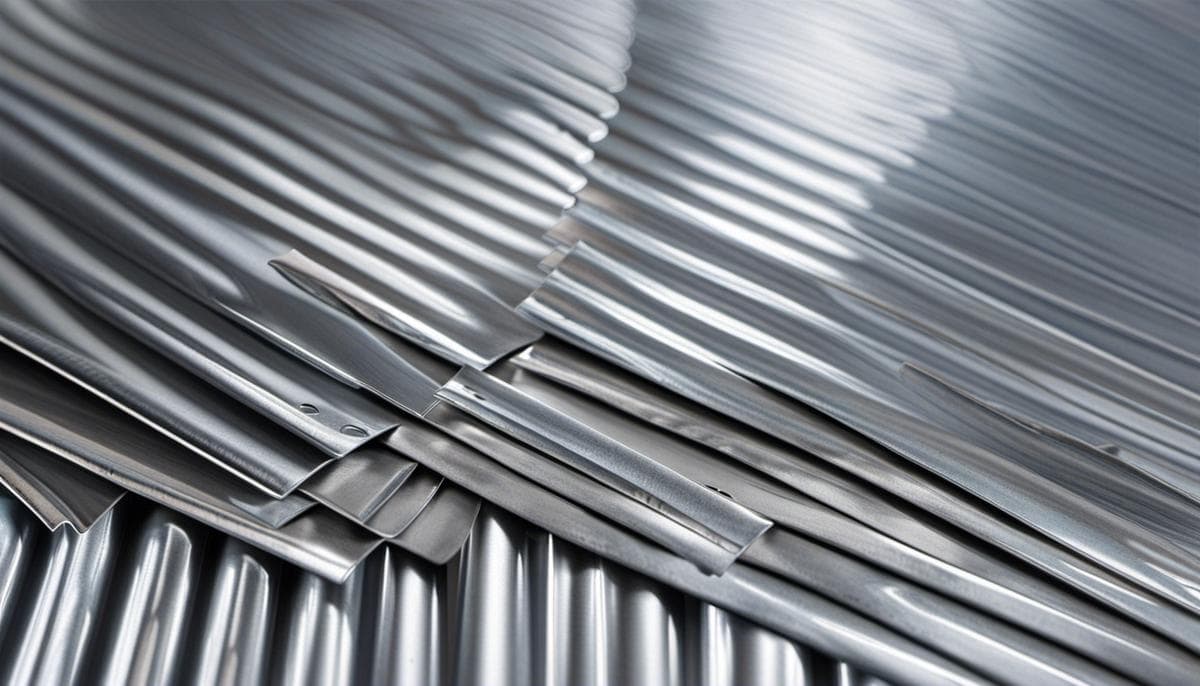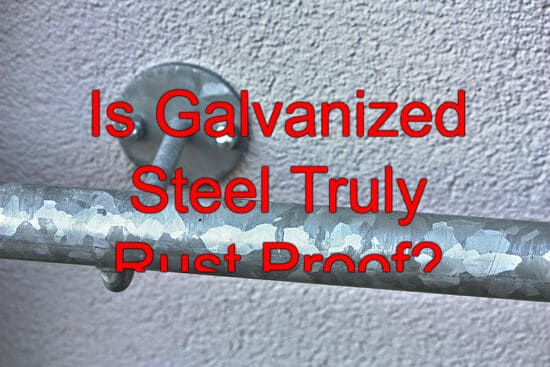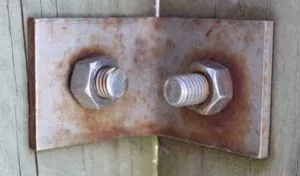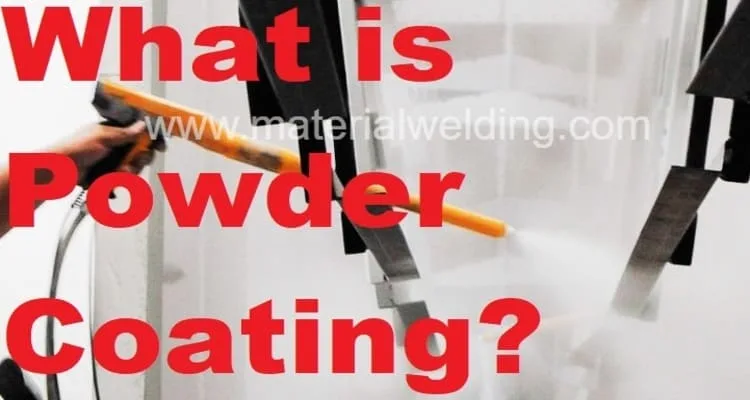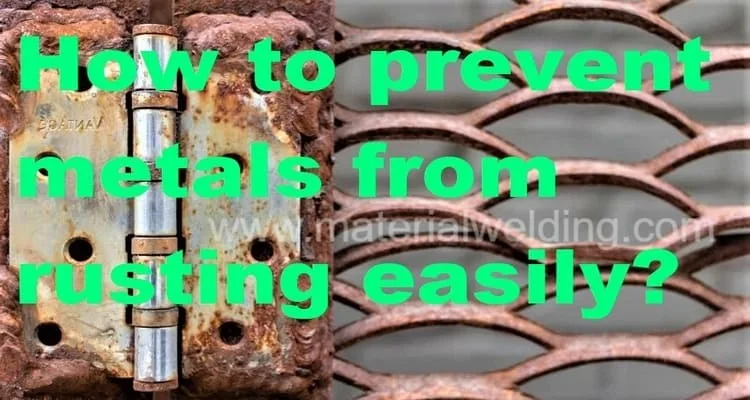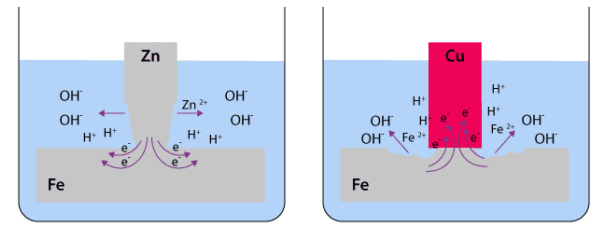Filiform corrosion is a type of corrosion that takes place beneath painted or plated surfaces when water infiltrates the protective coating. It typically initiates at tiny imperfections or gaps in the coating and gradually expands, leading to the development of structural vulnerabilities.
What is Filiform Corrosion?
Filiform corrosion is a unique type of corrosion that primarily affects painted steel, aluminum, and magnesium surfaces. It leads to the separation or detachment of the coating from the underlying metal, primarily occurring at the interface between the metal and the coating.
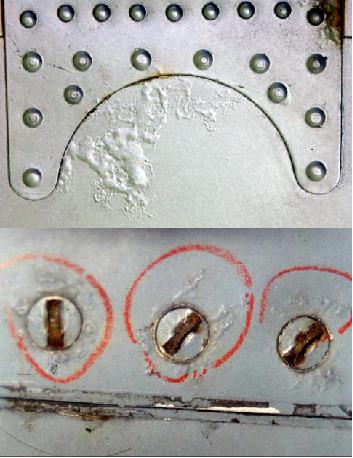
Filiform corrosion primarily impacts the surface appearance, resulting in a superficial phenomenon without significant consequences for the mechanical strength of the substrate. It typically develops on flaws or vulnerable areas of lacquered surfaces.
Filiform corrosion is a specific type of corrosion that occurs on metallic surfaces that have been coated with organic films, typically around 0.1 mm (4 mils) in thickness. This type of corrosion exhibits a distinctive pattern, characterized by the emergence of thin filaments that extend in various directions from one or more initial points.
These filaments can propagate over considerable distances in a single direction. The corrosion process is usually initiated at a defect or mechanical scratch in the coating. The filaments themselves are like tiny tunnels, composed of corrosion products that form beneath a raised and cracked coating. When observed from a short distance, the filiform tracks are visible as small imperfections or blemishes on the surface.
Filiform corrosion appearance
Filiform corrosion is a corrosion process commonly observed on coated aluminum surfaces. It typically takes place in environments with high humidity levels and is often initiated at areas where the coating is compromised or damaged.
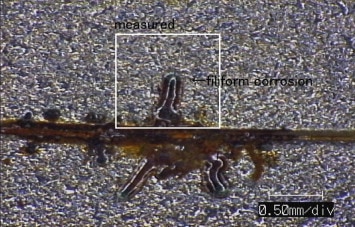
“This type of corrosion manifests as a slender thread, usually a few millimeters in length and 0.1–0.5 millimeters in width.”
The corrosion process involves an active head, which acts as the anodic site, followed by a cathodic site in close proximity.
A passive tail composed of corrosion products forms behind the active head. Importantly, filiform corrosion does not significantly impact the mechanical properties of the material and is primarily an aesthetic concern.
What affects Filiform Corrosion?
Several factors can influence the occurrence and progression of filiform corrosion. The key factors affecting filiform corrosion include:
- Coating integrity: The presence of defects, mechanical damage, or poor adhesion in the protective coating increases the likelihood of filiform corrosion initiation. If the coating is compromised, it allows moisture and other corrosive substances to penetrate and reach the metal surface.
- Environmental conditions: Filiform corrosion is often associated with high humidity environments. Moisture, combined with the presence of electrolytes, such as salts or contaminants, creates an ideal environment for the corrosion process to take place.
- Coating thickness: The thickness of the organic film or coating can impact the susceptibility to filiform corrosion. Thicker coatings provide a greater barrier against moisture and corrosive substances, reducing the likelihood of corrosion initiation.
- Substrate material: The type of metal substrate plays a role in the susceptibility to filiform corrosion. Certain metals, such as aluminum and its alloys, are more prone to filiform corrosion compared to others.
- Coating composition and quality: The composition and quality of the coating material itself can affect its resistance to filiform corrosion. Different types of organic films or coatings may exhibit varying levels of protection against moisture and corrosive substances, impacting their ability to prevent corrosion initiation and propagation.
- Surface preparation: Proper surface preparation, including cleaning, degreasing, and removal of contaminants, is crucial for optimal coating adhesion and protection against filiform corrosion. Inadequate surface preparation can lead to poor adhesion and coating defects, increasing the risk of corrosion.
- Exposure duration: The duration of exposure to corrosive conditions can influence the extent and severity of filiform corrosion. Prolonged exposure increases the likelihood of corrosion initiation and propagation along the filiform tracks.
Can you avoid filiform corrosion?
To avoid filiform corrosion, it is important to focus on key points such as using high-quality coatings with good adhesion and resistance to moisture, ensuring proper surface preparation to remove contaminants, applying coatings with an appropriate thickness, and implementing regular inspection and maintenance.
High-quality coatings provide effective protection against filiform corrosion, while proper surface preparation enhances coating adhesion. Applying coatings with sufficient thickness acts as a barrier against moisture.
Regular inspection helps identify and address any coating damage or defects before filiform corrosion can occur. By following these measures, the risk of filiform corrosion can be significantly reduced, ensuring the long-term durability of coated surfaces.
How to Prevent Filiform Corrosion?
To prevent filiform corrosion, several measures can be taken:
- Use high-quality coatings: Select coatings specifically designed to provide effective protection against filiform corrosion. These coatings should have good adhesion, resistance to moisture penetration, and barrier properties.
- Proper surface preparation: Thoroughly clean and prepare the metal surface before applying the coating. Remove any contaminants, such as dirt, oils, or oxides, and ensure the surface is dry and free from defects. This promotes optimal coating adhesion and reduces the potential for corrosion initiation.
- Control humidity: While it may not be practical to directly control humidity on moving objects, such as vehicles or aircraft, in environments where possible, reducing relative humidity below 60% can help prevent filiform corrosion. This can be achieved through proper storage conditions or using drying fans, humidistats, or desiccants in long-term storage facilities.
- Implement multiple layers of coating: Applying multiple layers of coatings, such as two layers of epoxy coating systems and two polyurethane coats, provides better resistance to filiform corrosion compared to single-coat systems. Multiple layers slow down moisture diffusion, reduce penetration and defect sites, and provide added protection.
- Consider alternative coatings and treatments: Zinc-rich primers, chromated and phosphatized primers, and chromate or chromate-phosphate conversion coatings have shown some relief from filiform corrosion on specific substrates. Powder coating systems, with their thermal fusion and improved resistance to moisture permeability, can also be beneficial.
- Maintain smooth and well-prepared surfaces: Smooth and well-prepared primed metal surfaces tend to have better resistance to filiform corrosion compared to rough surfaces. Ensure proper surface preparation and use appropriate techniques to achieve a smooth surface prior to coating application.
How to Detect Filiform Corrosion?
Filiform corrosion can be visually identified without the need for a microscope. It is commonly observed on surfaces coated with thin layers of tin, gold, silver, phosphate, enamel, or lacquer, particularly on steel, aluminum, and magnesium substrates.
In the United States, the standard test for assessing resistance to filiform corrosion is ASTM D 2803, titled “Guide for Testing Filiform Corrosion Resistance of Organic Coatings on Metal.” In this test, metal specimens with applied coatings are intentionally scratched down to the bare metal and exposed to a salt fog atmosphere for a duration of up to 24 hours.
Afterward, the specimens are rinsed with distilled water and placed in a closed cabinet at a temperature of 25°C (77°F) and a relative humidity of 85%. The exposure time typically ranges from 100 to 1000 hours. The test results indicate whether the coated material exhibits the development of filiform corrosion.
By conducting the ASTM D 2803 test, it becomes possible to evaluate the susceptibility of coated materials to filiform corrosion and assess the effectiveness of the coating in preventing its occurrence.
- To detect filiform corrosion, visually inspect the coated metal surface for thin, thread-like filaments or worm-like trails that appear as raised lines or blisters.
- Focus on vulnerable areas such as edges, seams, overlaps, or areas with coating defects. Compare with reference samples if available.
- Document findings for future reference.
- Conduct regular visual inspections to identify filiform corrosion early.
Which Industries are Most Affected by Filiform Corrosion?
Filiform corrosion can affect a range of industries, but some of the industries most commonly affected by filiform corrosion include:
- Aerospace industry: Aircraft components, particularly those made of aluminum alloys and coated with protective coatings, are highly susceptible to filiform corrosion. The presence of fasteners, sharp edges, and exposure to humid or marine environments increases the risk.
- Automotive industry: Filiform corrosion can impact various automotive components, including body panels, wheels, and other exposed metal parts. This corrosion type is particularly troublesome for vehicles operating in coastal or high-humidity regions.
- Metal packaging industry: Aluminum cans and foiled-laminated paper or paperboard packaging are vulnerable to filiform corrosion. Contamination or loss of moisture barrier properties can occur if the aluminum foil is affected, potentially compromising the quality and shelf life of packaged goods.
- Marine industry: Filiform corrosion commonly affects marine vessels and offshore structures due to constant exposure to saltwater environments. Various metal components, such as hulls, decks, and fittings, can be at risk.
- Construction industry: Metal structures exposed to outdoor elements, such as building facades, roofing, and architectural features, can experience filiform corrosion. This is especially true in coastal areas or regions with high humidity levels.
How do you clean filiform corrosion?
To clean filiform corrosion, follow these steps:
- Wear appropriate safety gear (gloves, goggles, respirator).
- Clean the affected area with a mild detergent or soapy water solution.
- Gently scrub the corrosion using a non-metallic abrasive pad or sandpaper.
- Rinse the surface thoroughly with clean water.
- Allow the surface to dry completely.
- Optional: Apply a corrosion inhibitor, primer, or protective coating as needed.
Which material is resistance to filiform corrosion?
Materials with relatively good resistance to filiform corrosion include:
- Stainless steel
- Titanium and its alloys
- Certain aluminum alloys (5xxx, 6xxx series)
- Plastics and non-metallic materials
What is the most common cause of filiform corrosion?
The most common cause of filiform corrosion is a combination of humidity, presence of electrolytes (such as salts), and a localized imperfection or damage to the protective coating or surface layer.
These conditions create a microenvironment where corrosion can occur along the surface, forming filiform corrosion trails or filaments. The imperfections can be introduced during manufacturing, installation, or through exposure to environmental factors like scratches, chips, or coating defects.
What are the visible signs of filiform corrosion?
The visible signs of filiform corrosion include:
- Fine lines: Filiform corrosion appears as thin, thread-like lines or tracks on the surface of the metal. These lines may be irregular or meandering in shape.
- Worm-like appearance: The corrosion trails resemble the tracks left by worms, hence the name “filiform.” They often have a raised or blistered appearance.
- Underneath the paint: Filiform corrosion occurs beneath the paint or protective coating layer, so the signs are typically observed through the coating.
- Bubbling and flaking: As filiform corrosion progresses, it can cause the coating to bubble or blister, leading to eventual flaking or peeling of the paint.
These visible signs serve as indicators of filiform corrosion, and detecting them early can help prompt appropriate maintenance or repair actions to prevent further damage.


